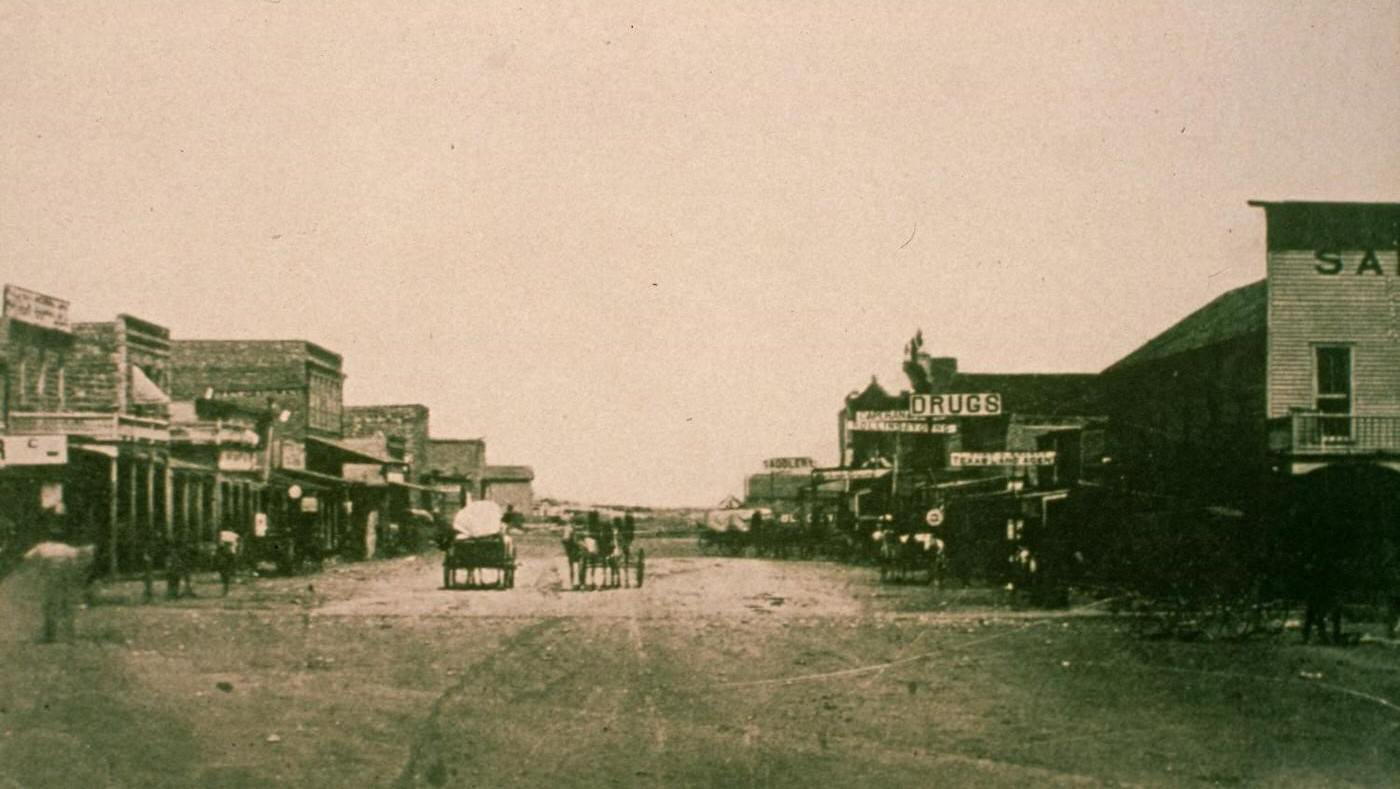The 1920s were a time of change and growth for Abilene, Texas. The city had been founded in 1881 as a railroad stop, but by the 1920s, it was becoming a regional hub. Oil discoveries nearby brought new wealth. Roads improved, and cars became more common. The population grew, and new businesses opened. Schools expanded, and people enjoyed new forms of entertainment. Life in Abilene during this decade was shaped by progress, but it still held onto its small-town feel.
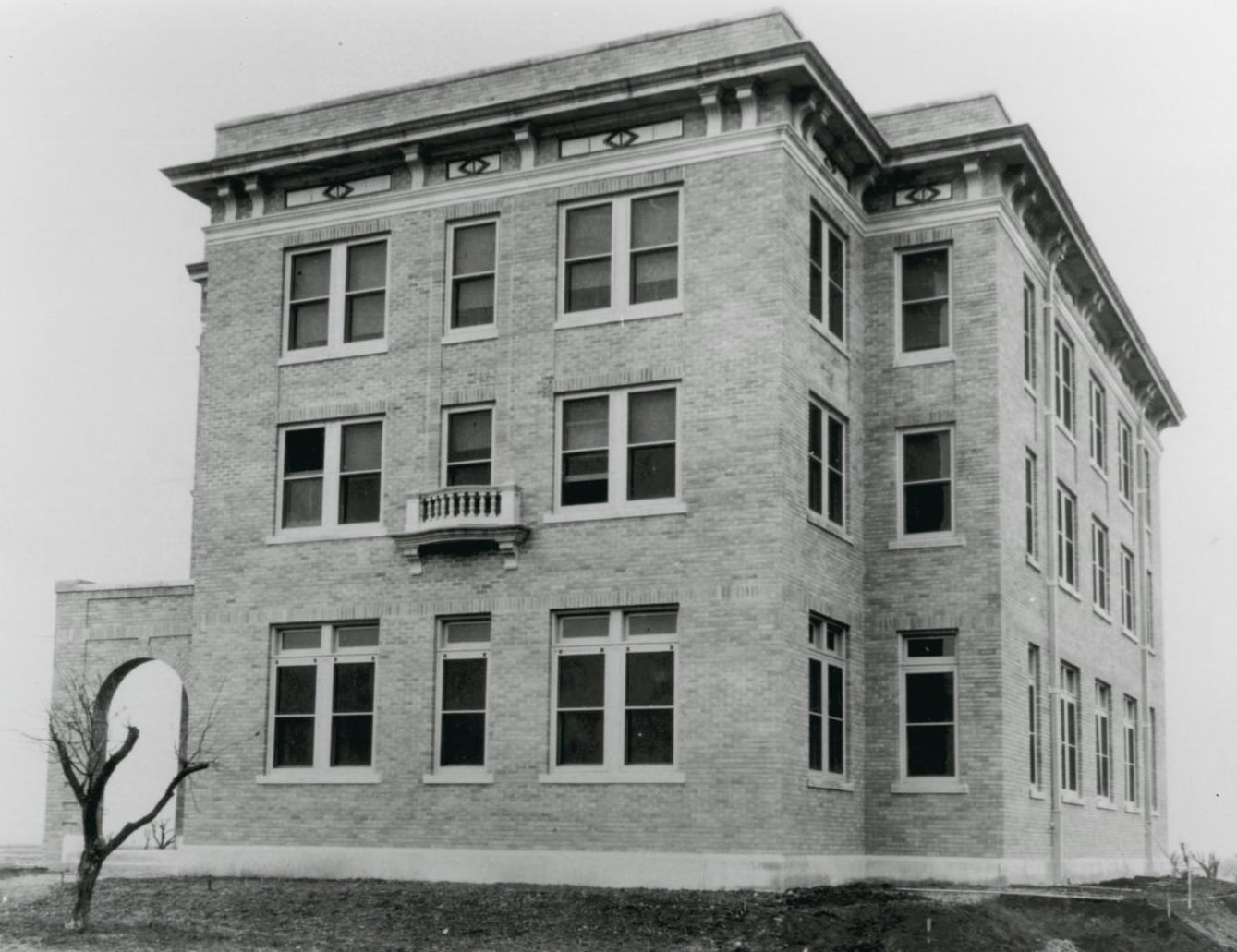
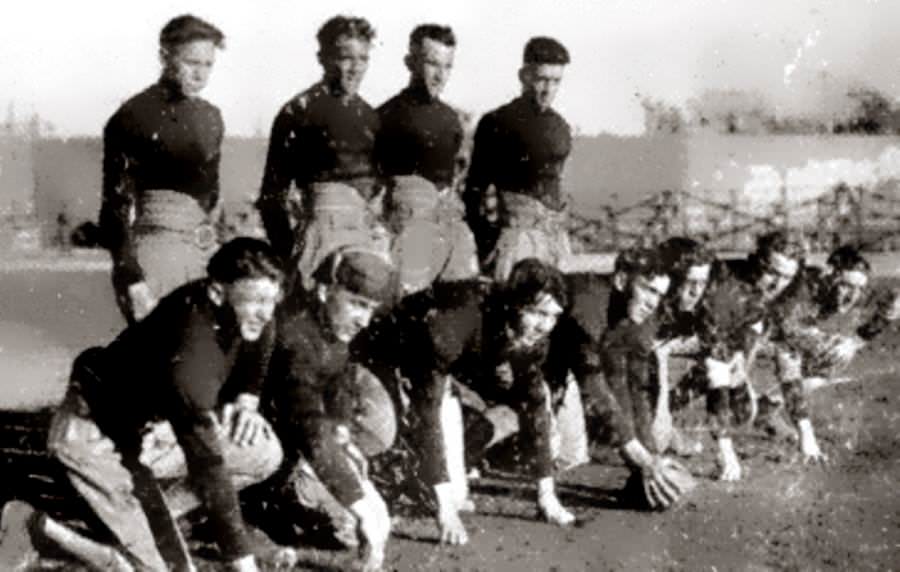
The Oil Boom’s Effect
Oil changed Abilene in the 1920s. The nearby Ranger Oil Field, discovered in 1917, brought workers and money into the area. Drilling companies set up offices in Abilene. Hotels filled up with men looking for work. Restaurants and shops saw more customers. The city became a supply center for oilfields in West Texas.
Not everyone struck it rich, but the oil boom made Abilene busier. Banks had more money to lend. New houses were built to handle the growing population. Some farmers left their land to work in the oil industry. The smell of crude oil and the sound of drilling rigs became familiar.
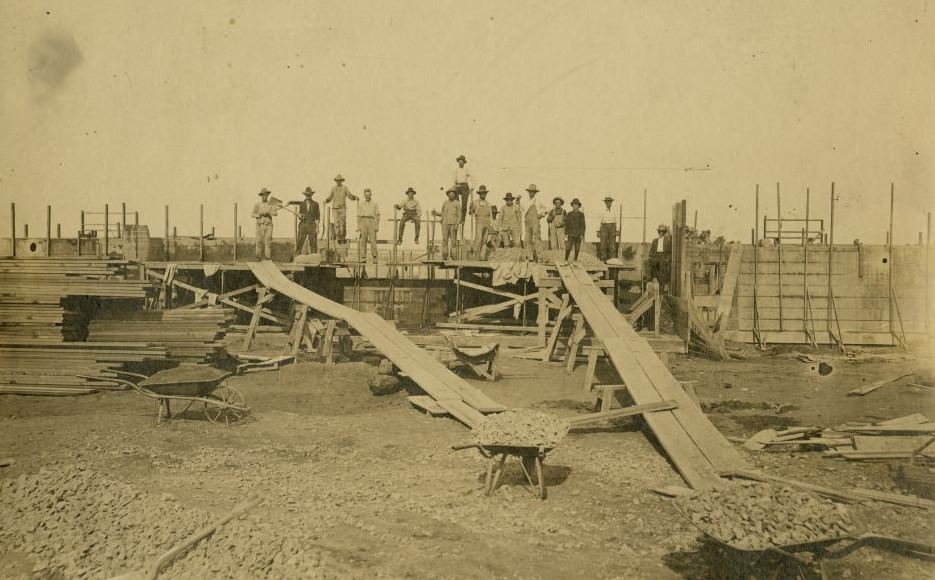
Transportation and Growth
Before the 1920s, most people in Abilene traveled by horse or train. Cars were still rare. That changed quickly. By the mid-1920s, Ford Model Ts were common on Abilene’s streets. The city paved more roads to handle the traffic. Gas stations appeared on corners.
The Texas & Pacific Railway remained important for shipping goods. Trains brought in supplies and carried out cotton, cattle, and oil equipment. But trucks started taking over some hauling jobs. The rise of automobiles meant people could live farther from work. Neighborhoods spread beyond the downtown area.
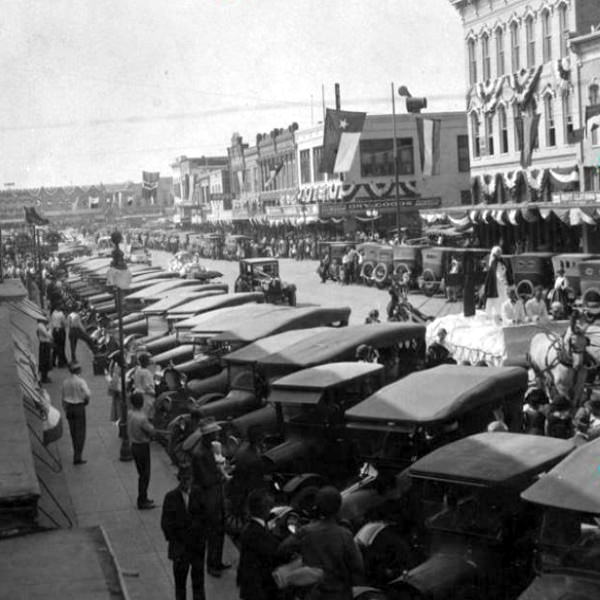
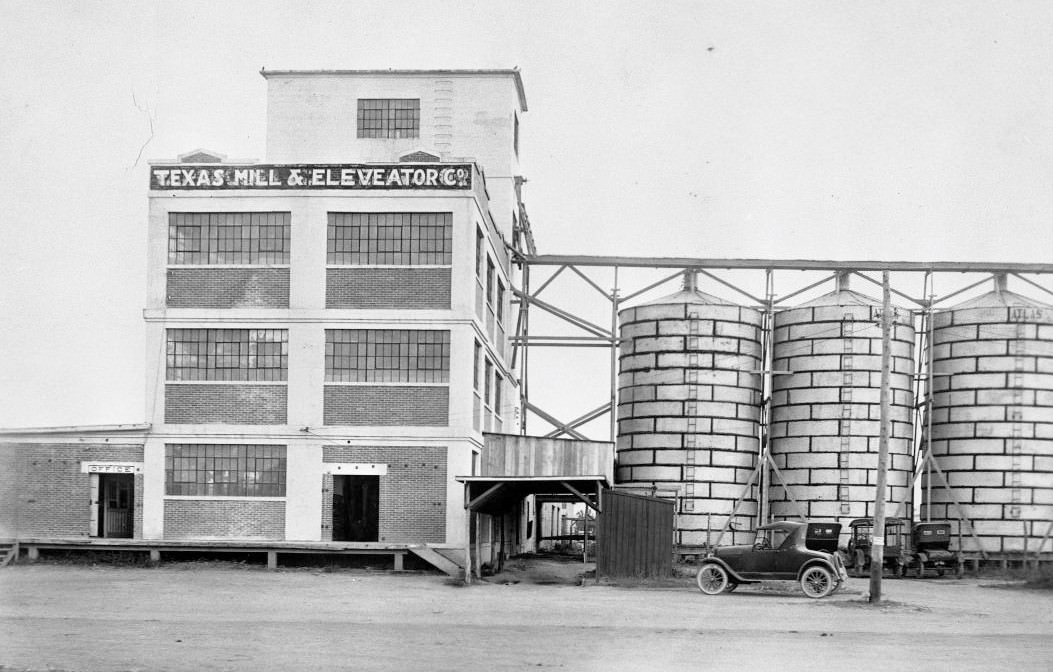
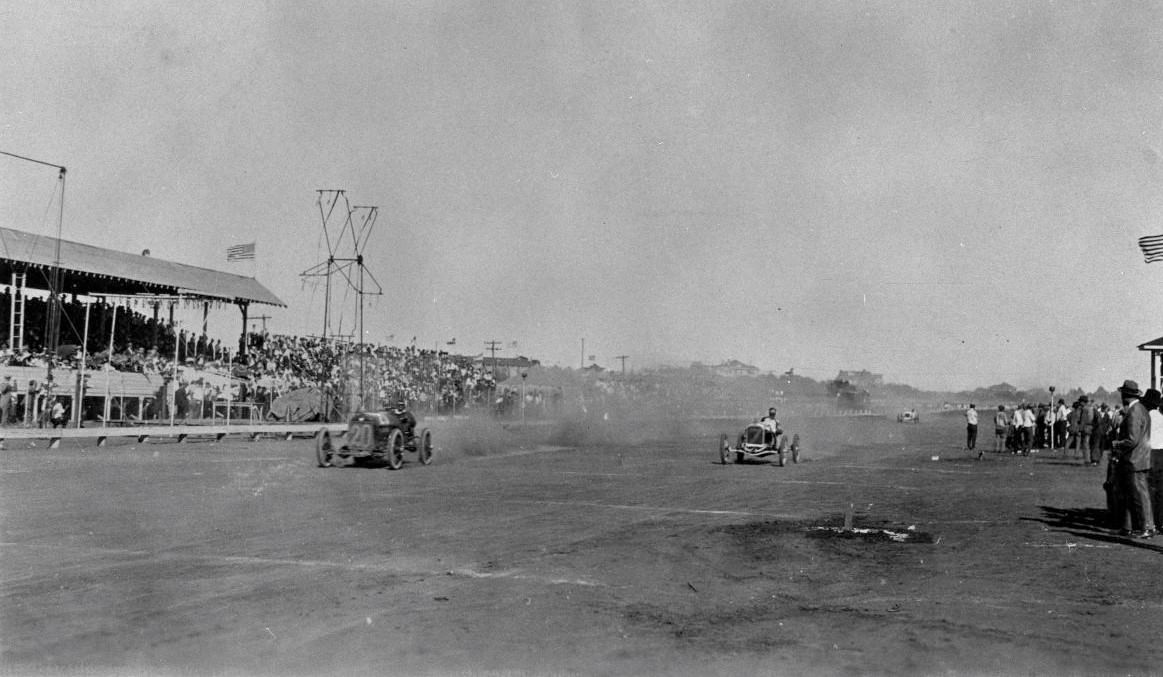
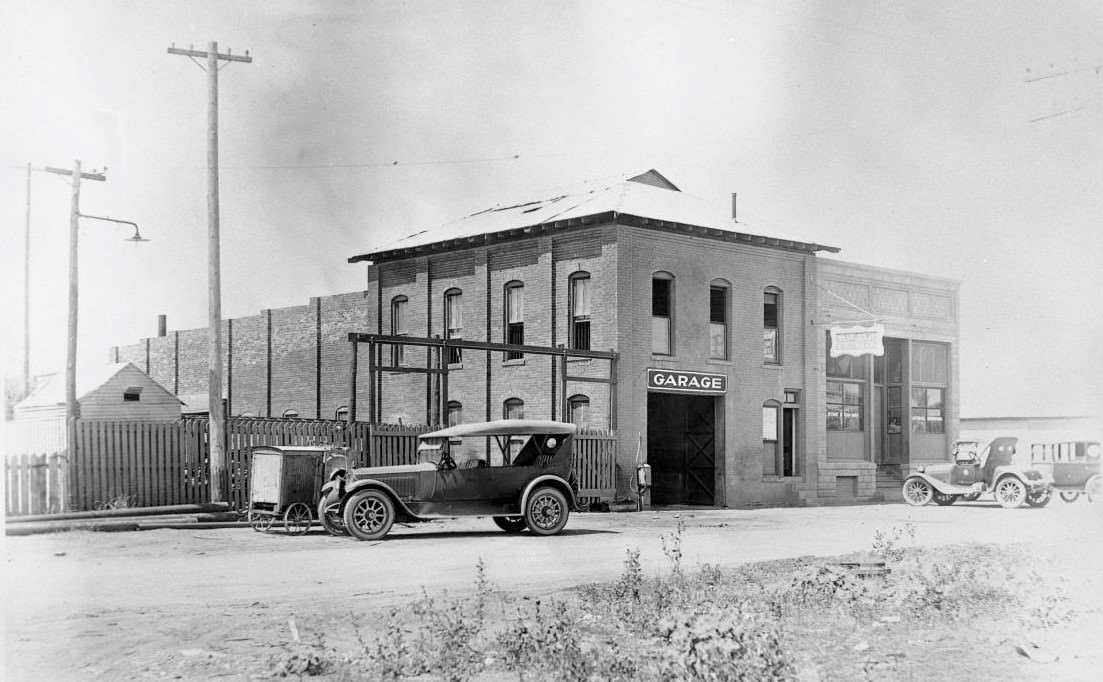


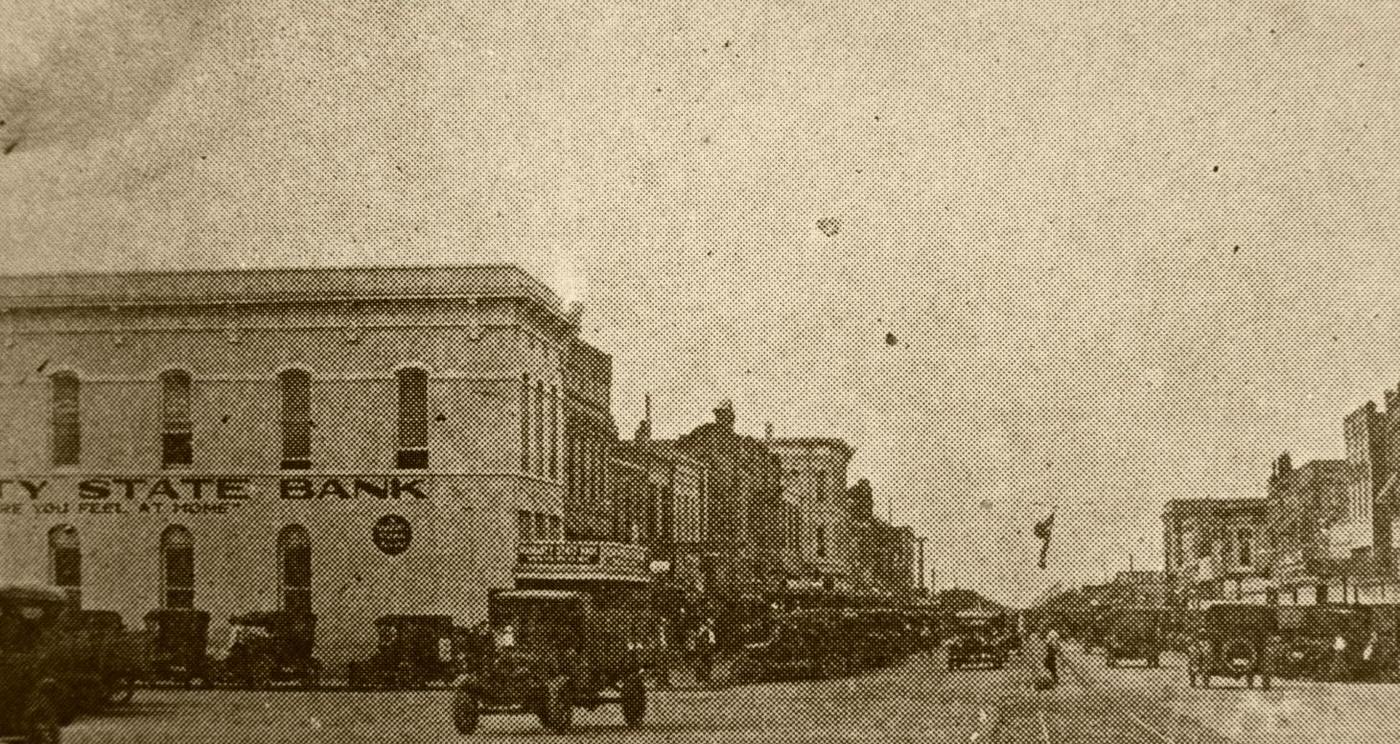
Daily Life in Abilene
Most families in 1920s Abilene lived in small houses or farmsteads. Electricity became more widespread, but some rural homes still used kerosene lamps. Indoor plumbing was not yet universal. Women cooked on wood or coal stoves. Laundry was done by hand.
Kids walked to school or rode horses. Schoolhouses were simple, often with one room for multiple grades. High schools taught basics like math, history, and English. Sports like football and baseball were popular. On weekends, families gathered for picnics or church events.
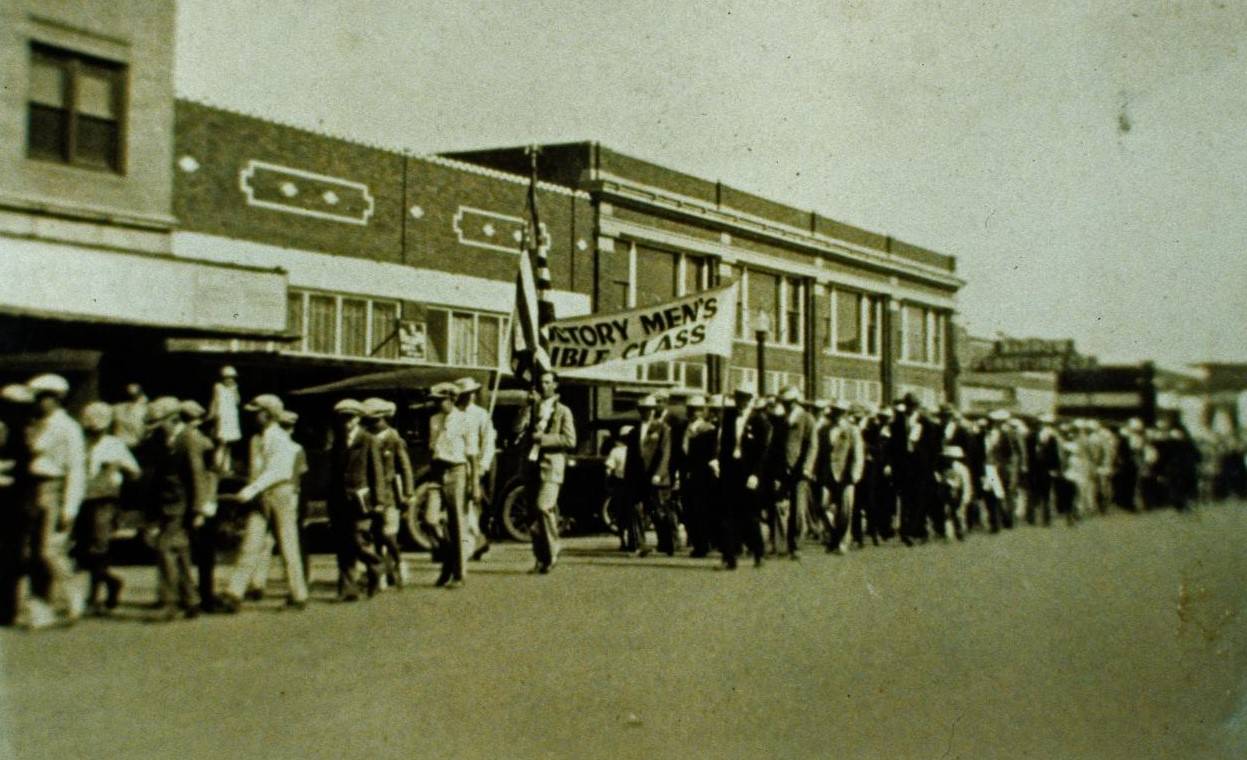
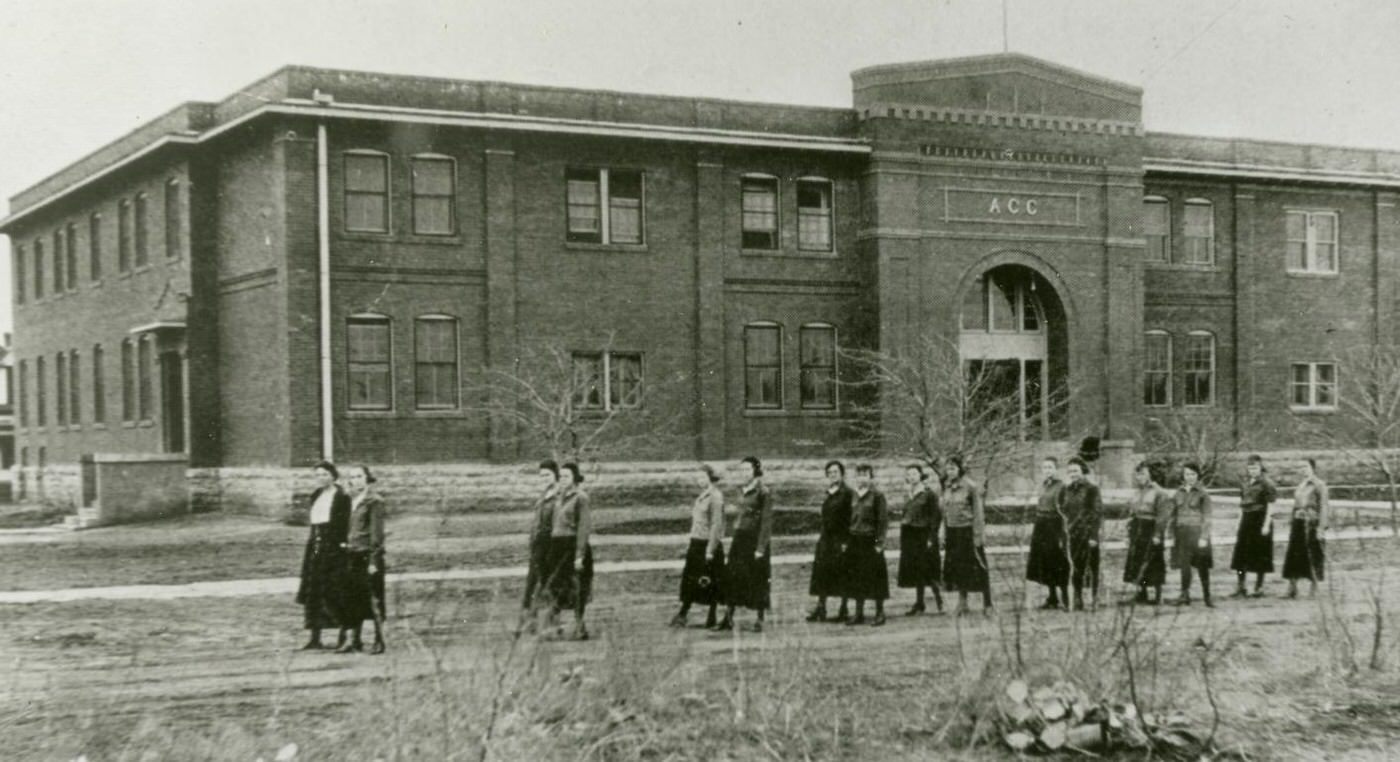

Education and Religion
Schools in Abilene grew during the 1920s. More children attended classes as the population increased. Simmons College (now Hardin-Simmons University) and Abilene Christian College (now Abilene Christian University) expanded. They trained teachers, preachers, and business leaders.
Churches were central to community life. Baptist, Methodist, and Church of Christ congregations held revivals and Sunday services. Religion played a big role in shaping morals and social events. Many families attended church multiple times a week.
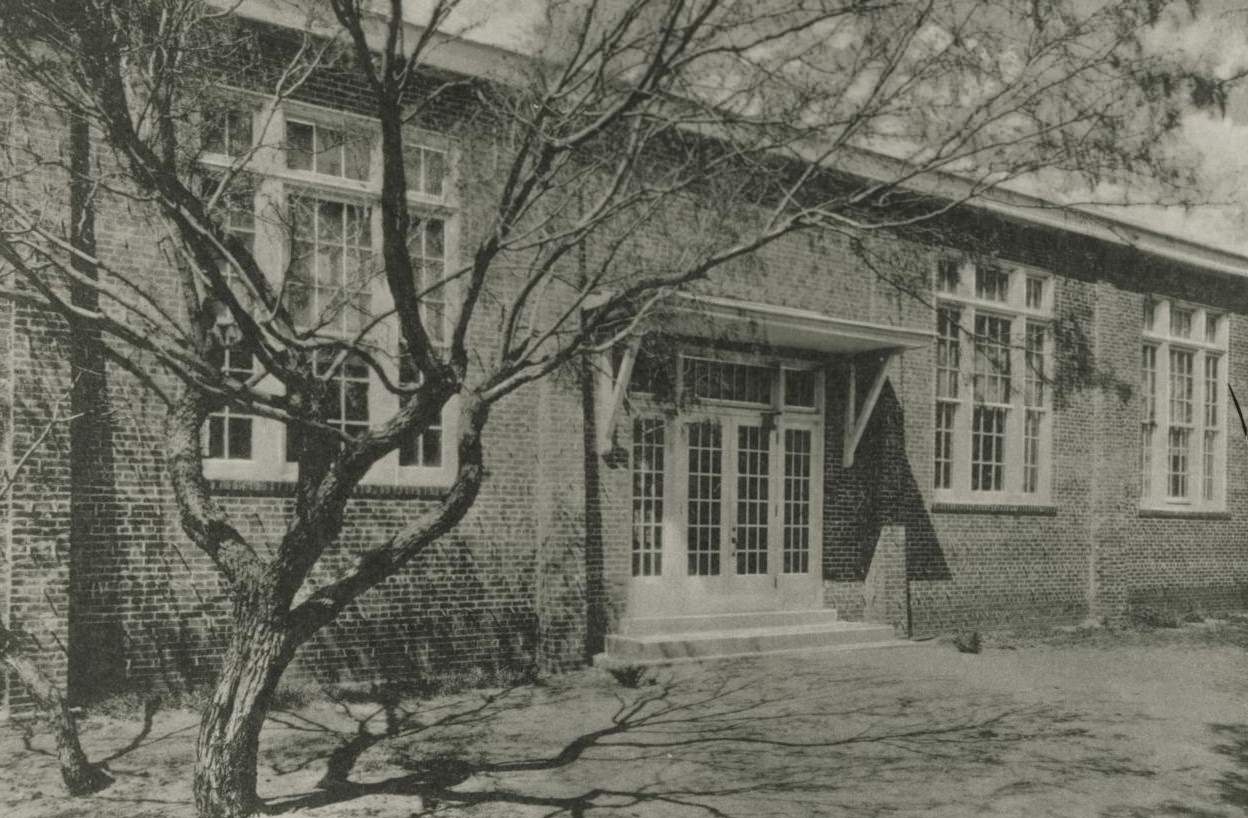

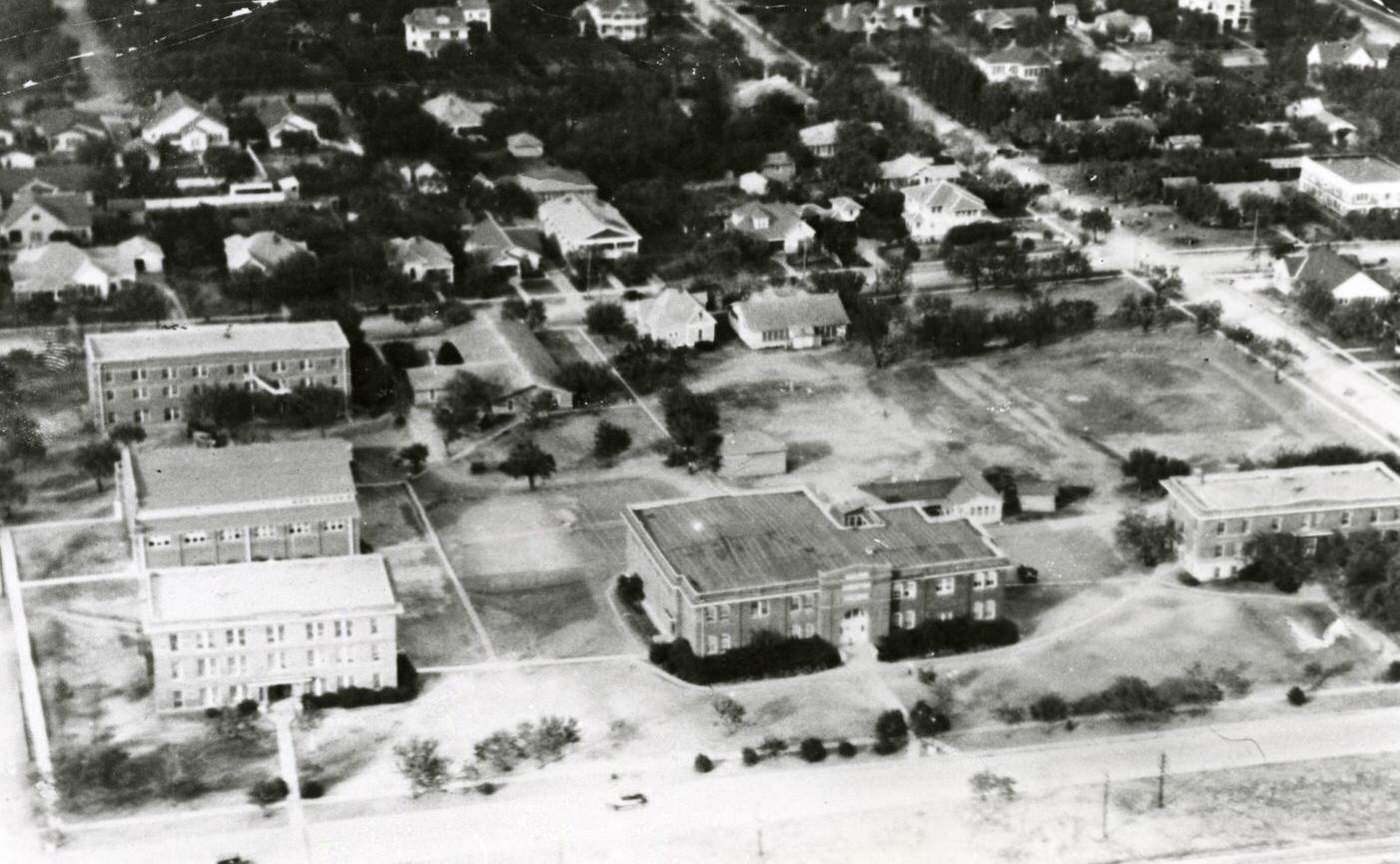
Business and the Economy
Farming and ranching were still big parts of Abilene’s economy. Cotton was the main crop. Cattle ranches dotted the countryside. But new businesses thrived too. Grocery stores, hardware shops, and barbershops lined the downtown streets.
The oil boom helped banks grow. The First National Bank and other lenders financed new ventures. Some people invested in oil leases, hoping to strike it rich. Others opened repair shops for cars and farm equipment. The city’s economy was more diverse than ever before.

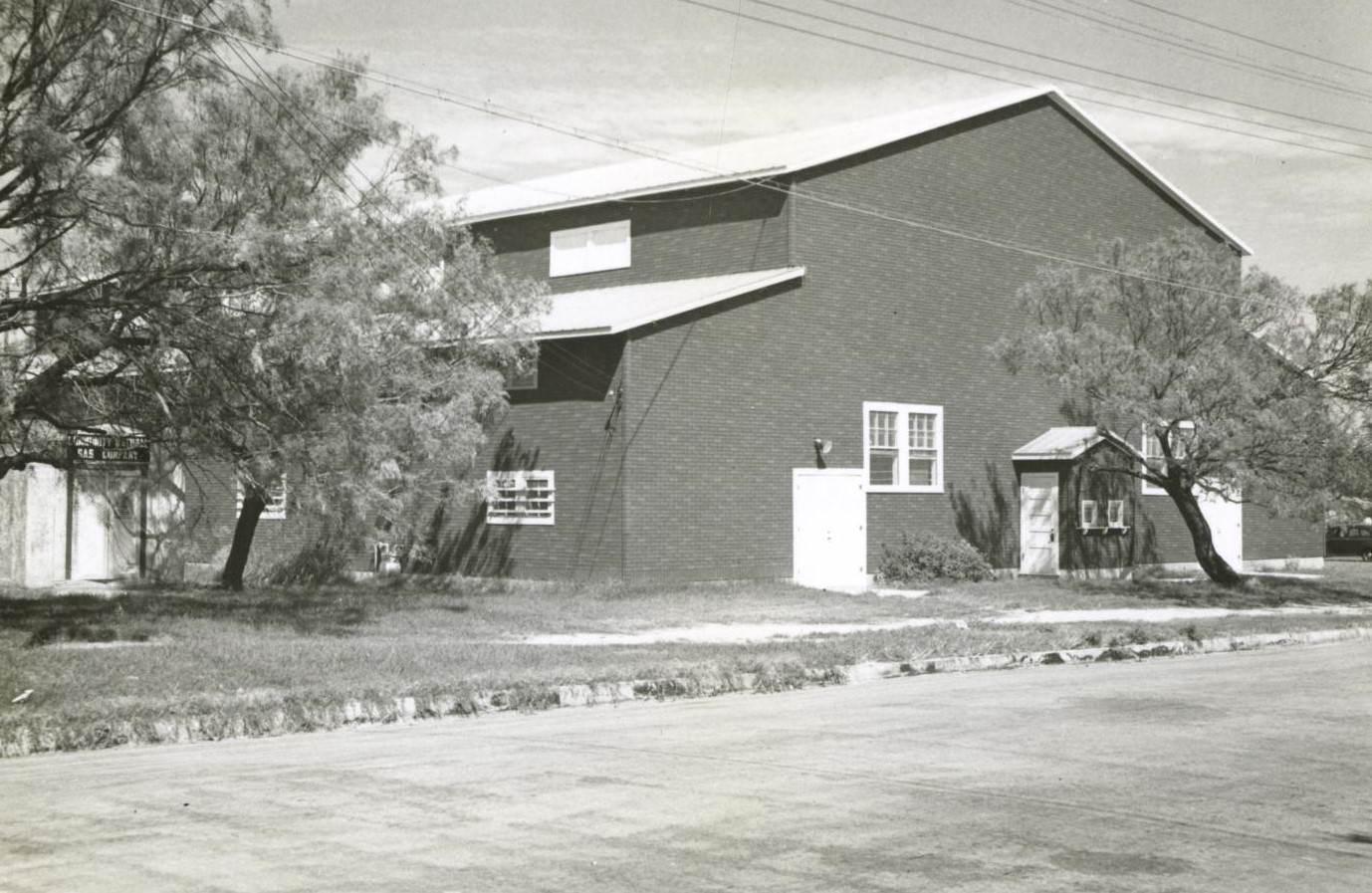
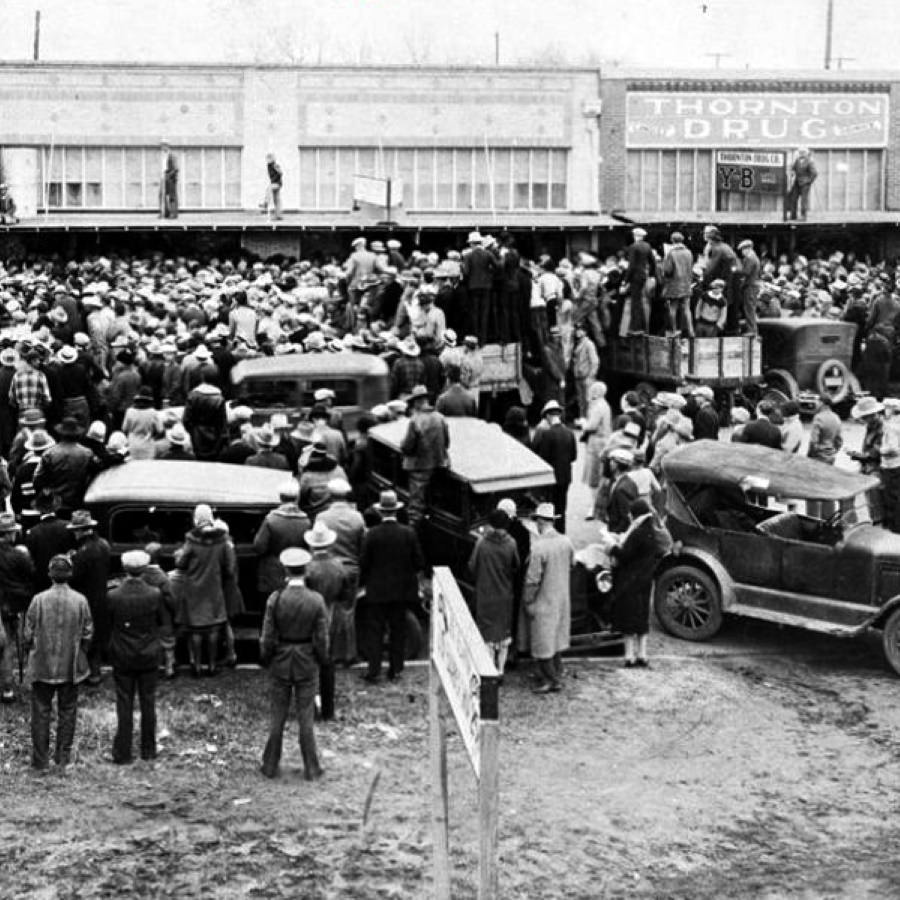
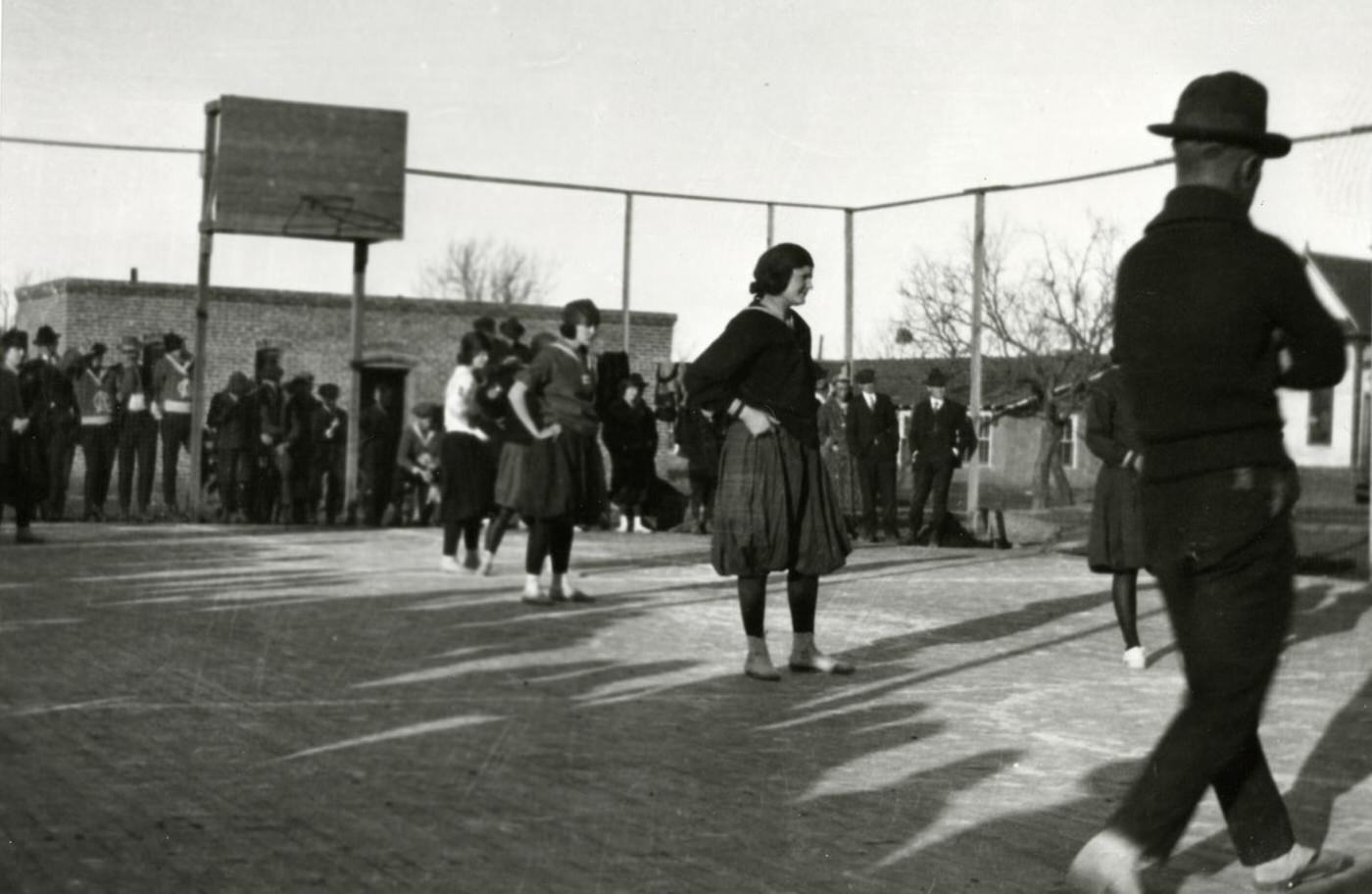


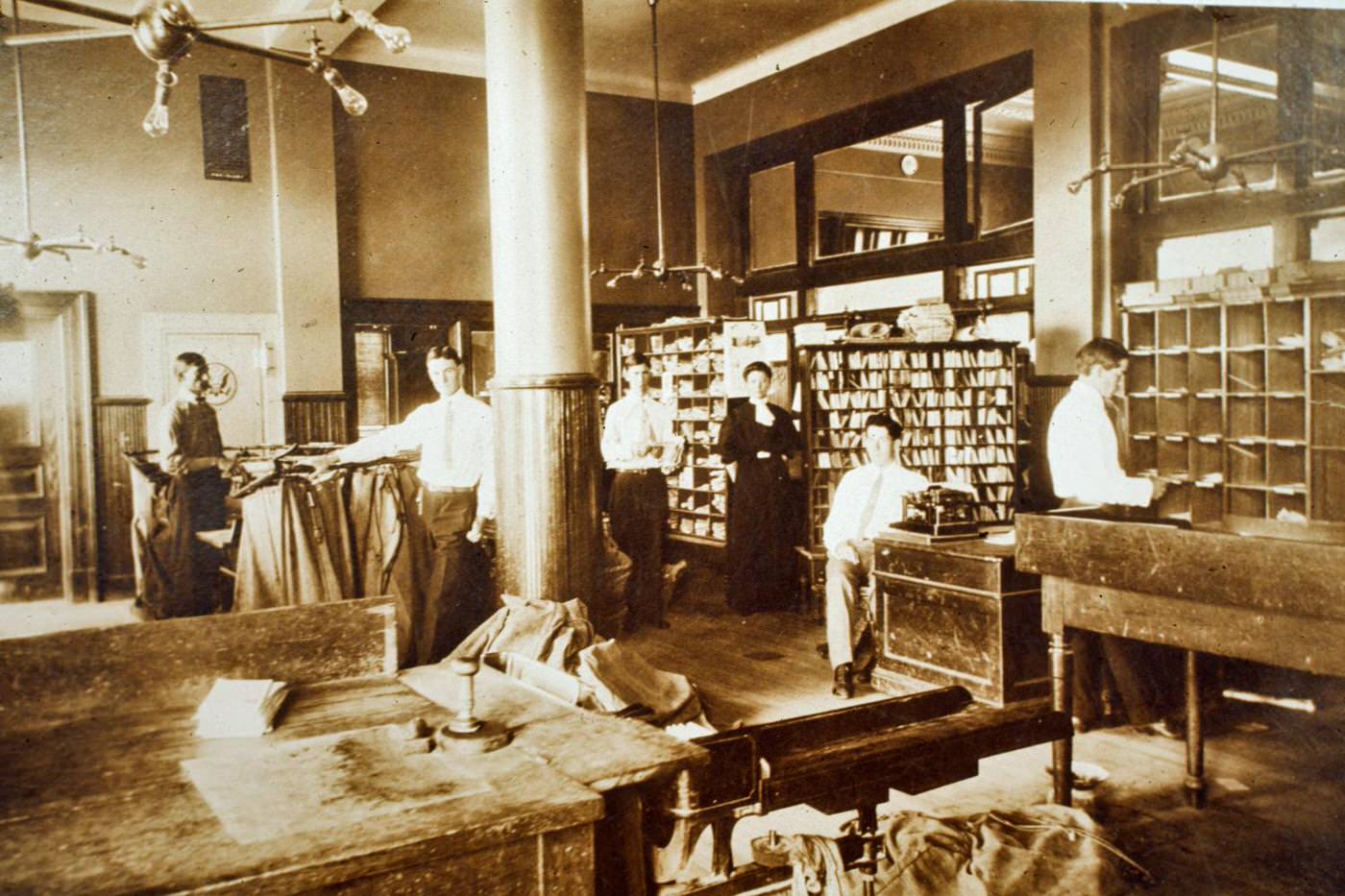

The Look of the City
Downtown Abilene had brick buildings, some three or four stories tall. The railroad depot was a busy place. Sidewalks were made of wood or concrete. Streetlights lit the main roads at night. New neighborhoods had smaller homes, often with front porches.
The city’s growth led to better services. A public library opened. Fire departments improved their equipment. Hospitals expanded to serve more patients. Abilene was still small
By 1929, Abilene was a different place than it had been in 1920. The oil boom had slowed, but the city was more connected than ever. Cars, radios, and electricity changed daily life. Schools and churches served a growing population.
The stock market crash in October 1929 brought uncertainty. No one yet knew how hard the Great Depression would hit. For most of the 1920s, Abilene had been a place of opportunity. People worked hard, enjoyed simple pleasures, and believed in the future.
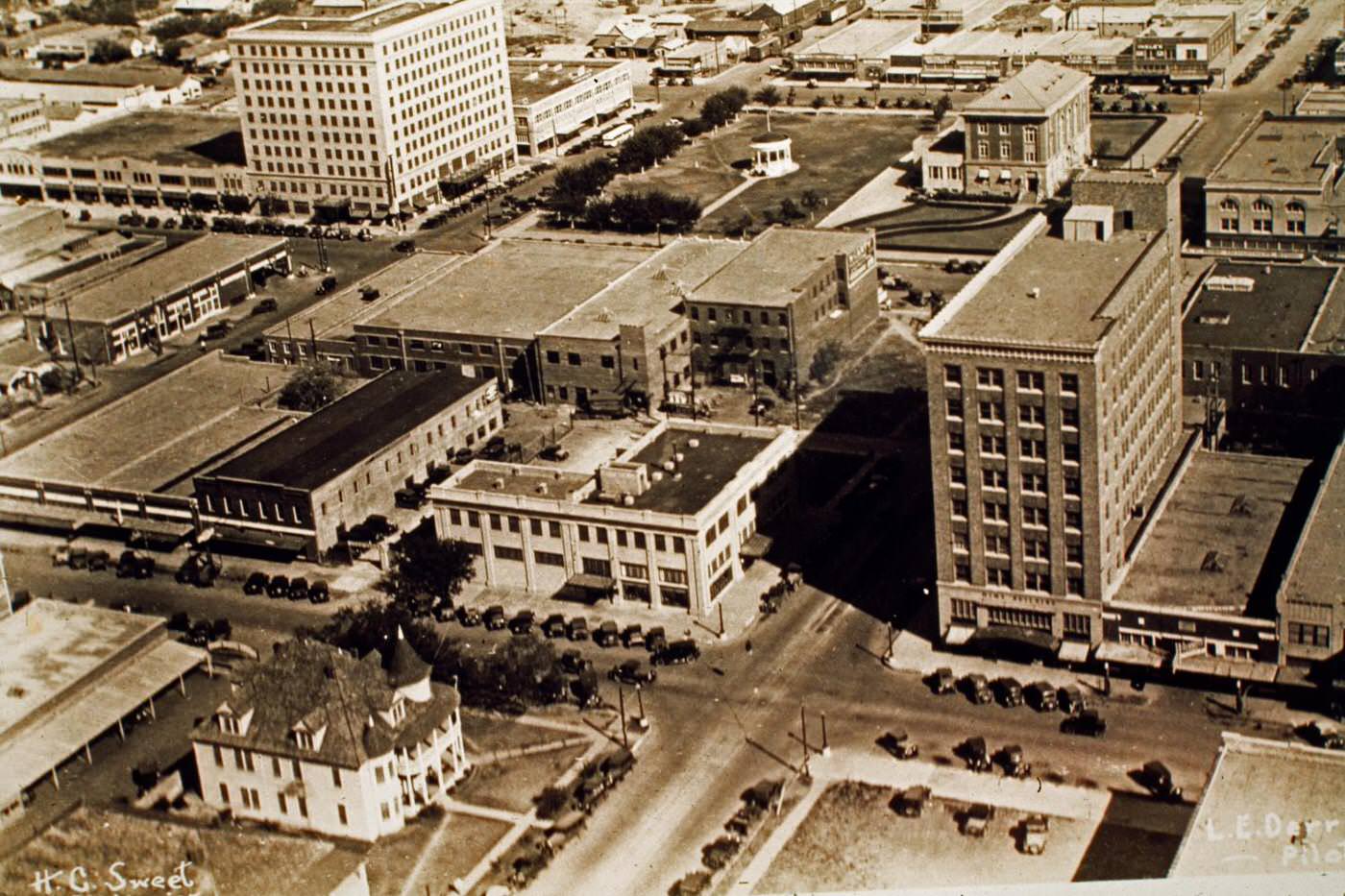
Entertainment and Social Life
People in Abilene found ways to have fun. Silent movies played at the Paramount Theatre. By the late 1920s, “talkies” replaced them. Young folks danced to jazz music at parties. Radios became common in homes, bringing news and entertainment from faraway cities.
Baseball was a favorite pastime. Local teams played on weekends, drawing crowds. The West Texas Fair, started in 1924, became a yearly event. It featured livestock shows, carnival rides, and contests. Churches hosted socials, and families gathered for Sunday dinners.
Not everything was easy in 1920s Abilene. Droughts hurt farmers. Some oil workers lost money on dry wells. The Ku Klux Klan was active in Texas during this time, and Abilene was no exception. The group held rallies and tried to influence local politics.
Prohibition, the nationwide ban on alcohol, was enforced but not always followed. Some people made or smuggled liquor. Police raids on speakeasies happened, but drinking continued in secret. Crime was generally low, but bootlegging and occasional thefts kept law enforcement busy.

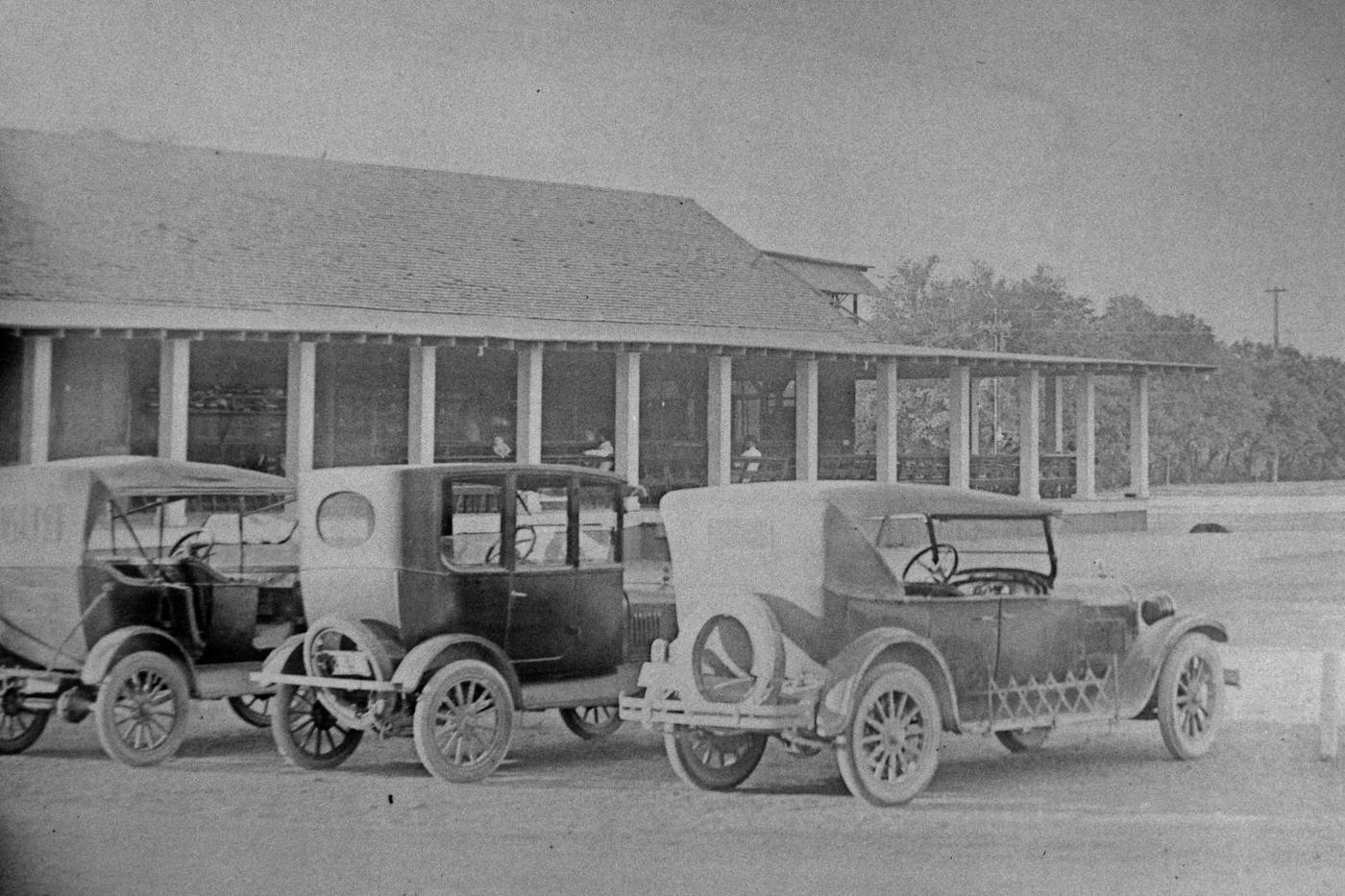

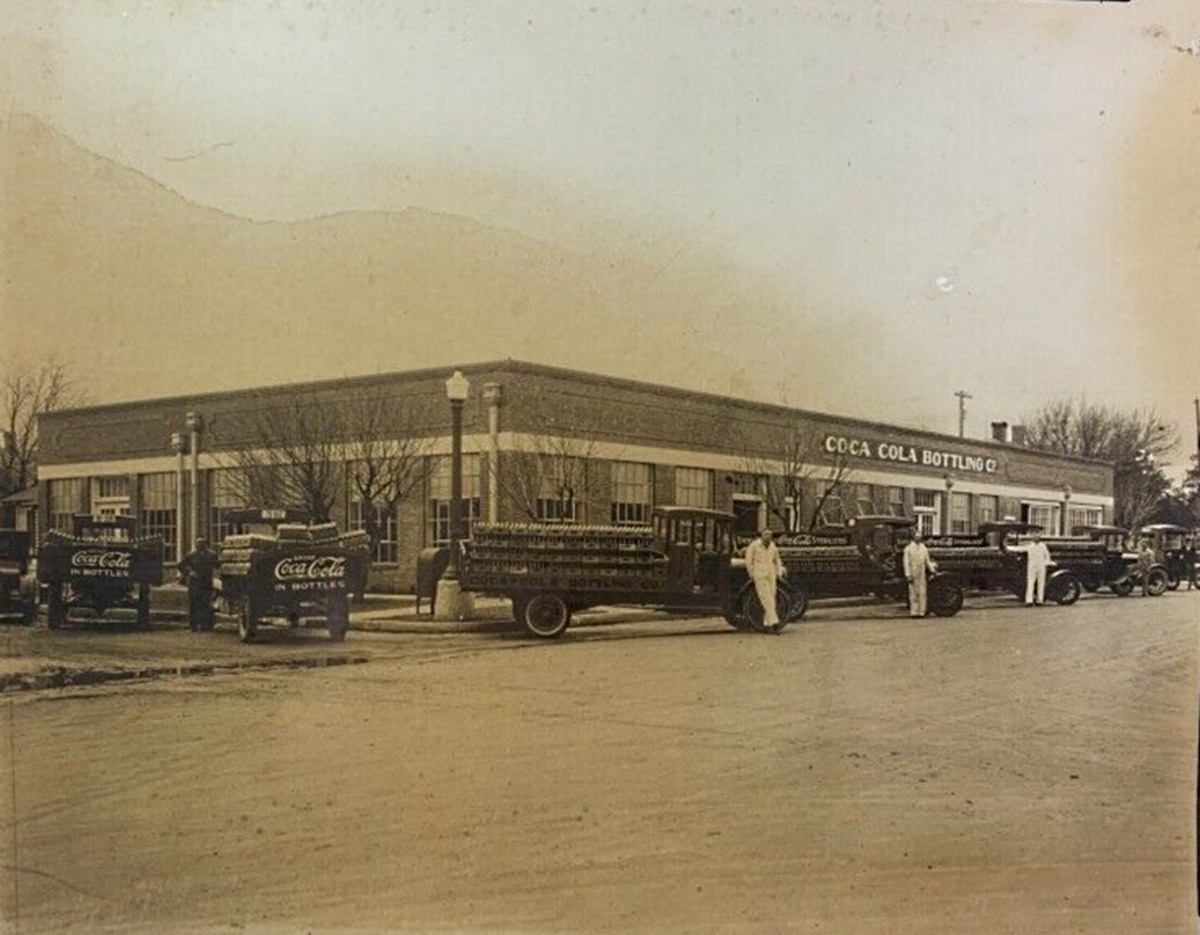
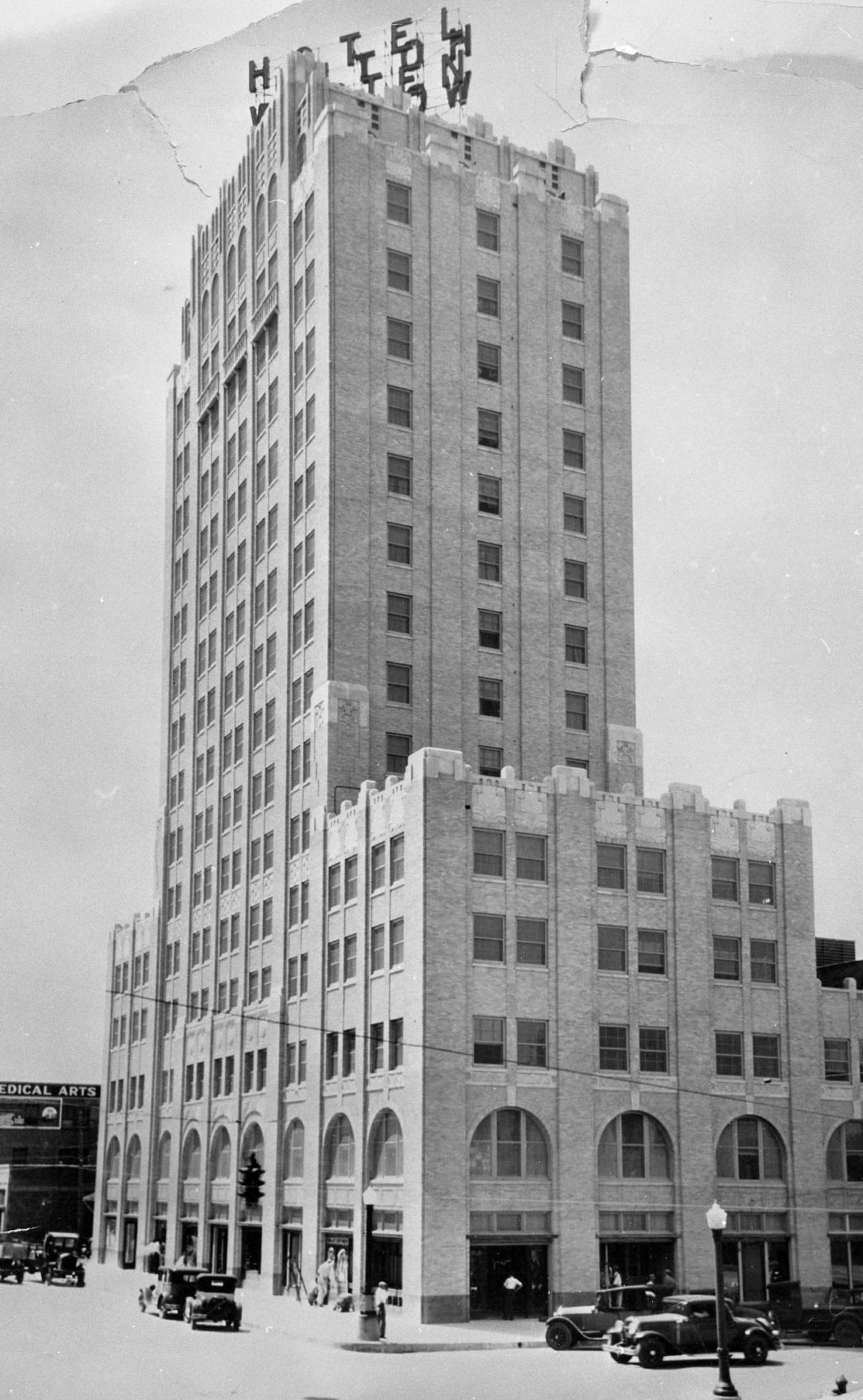
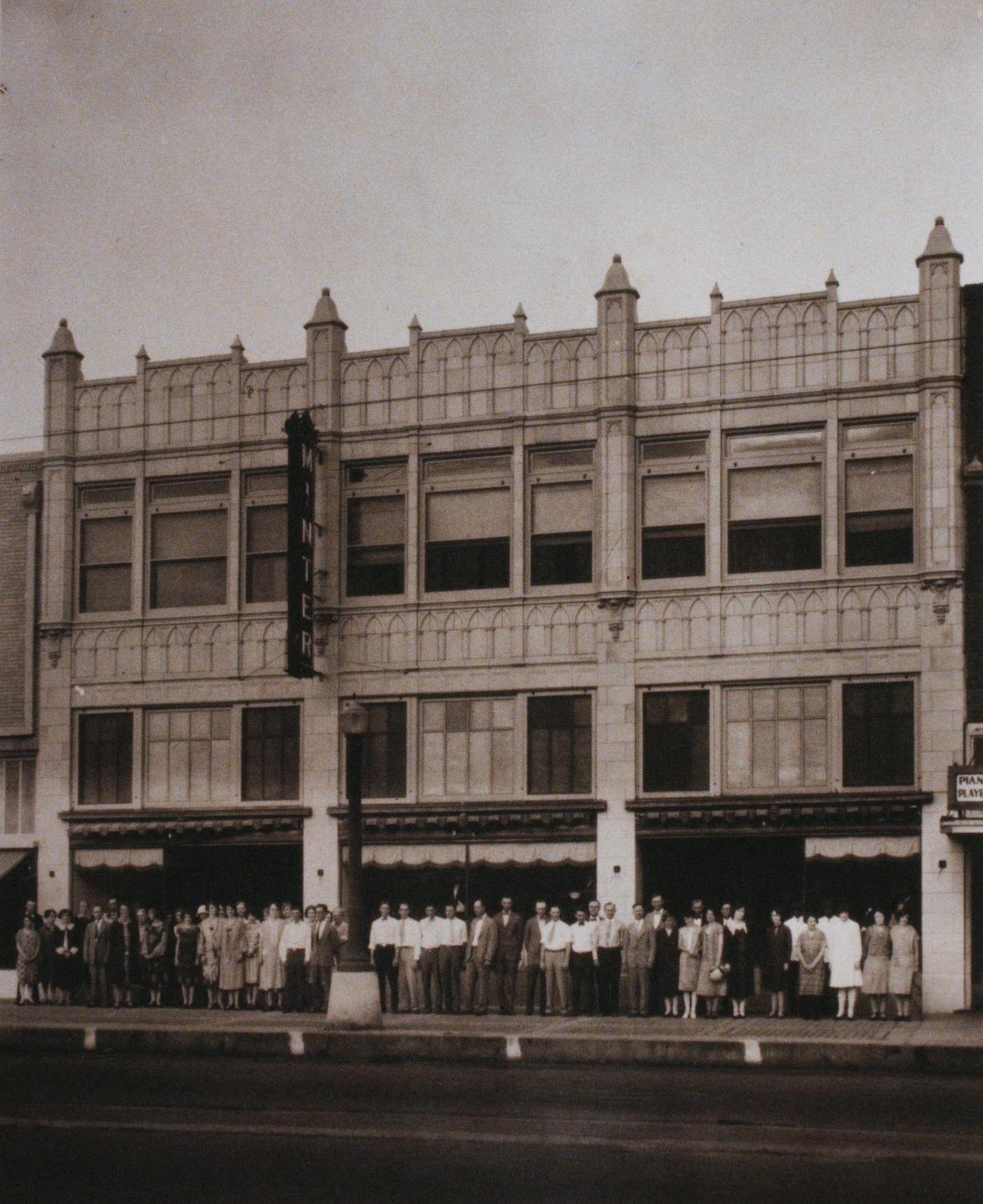
Image Credits: McMurry University Library, Hardin-Simmons University Library, Abilene Christian University Library, Abilene Library Consortium, wikimedia, The Grace Museum, Howard Payne University Library
Found any mistakes? 🥺 Let us Know

